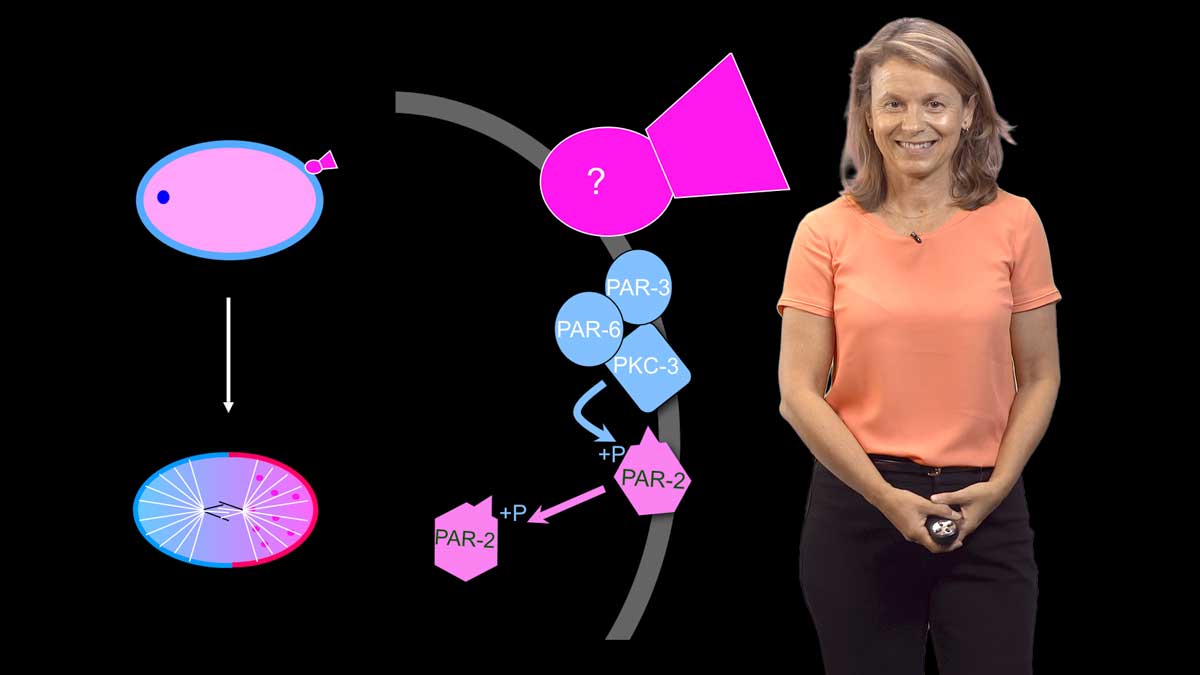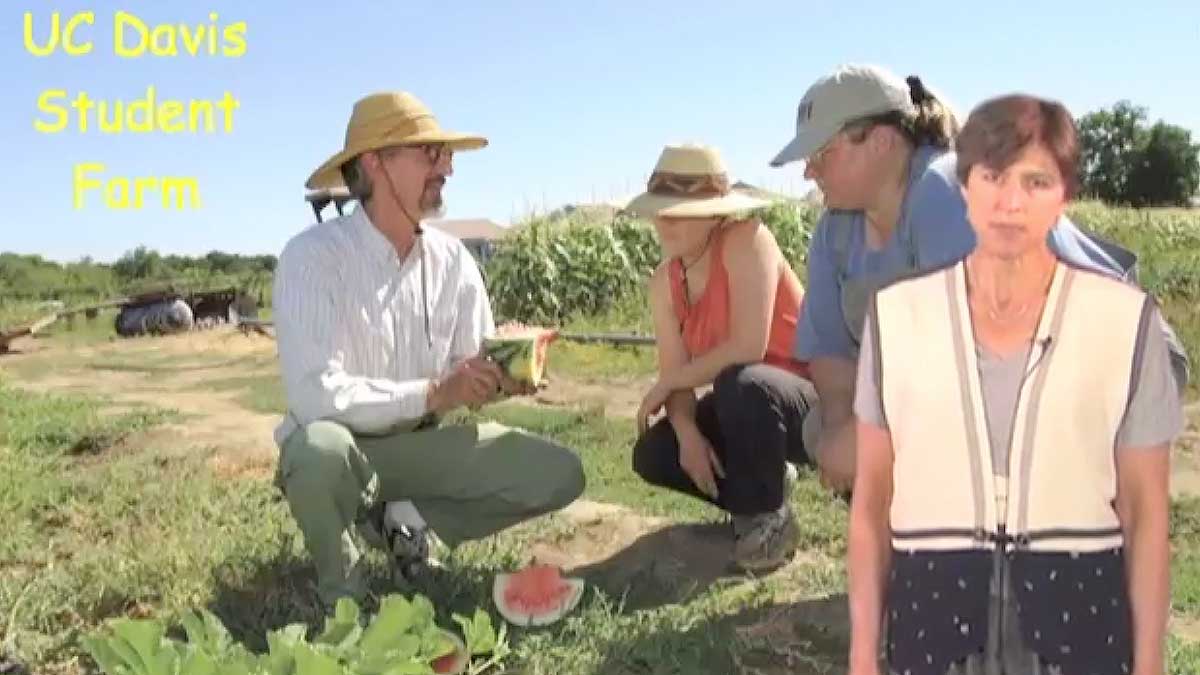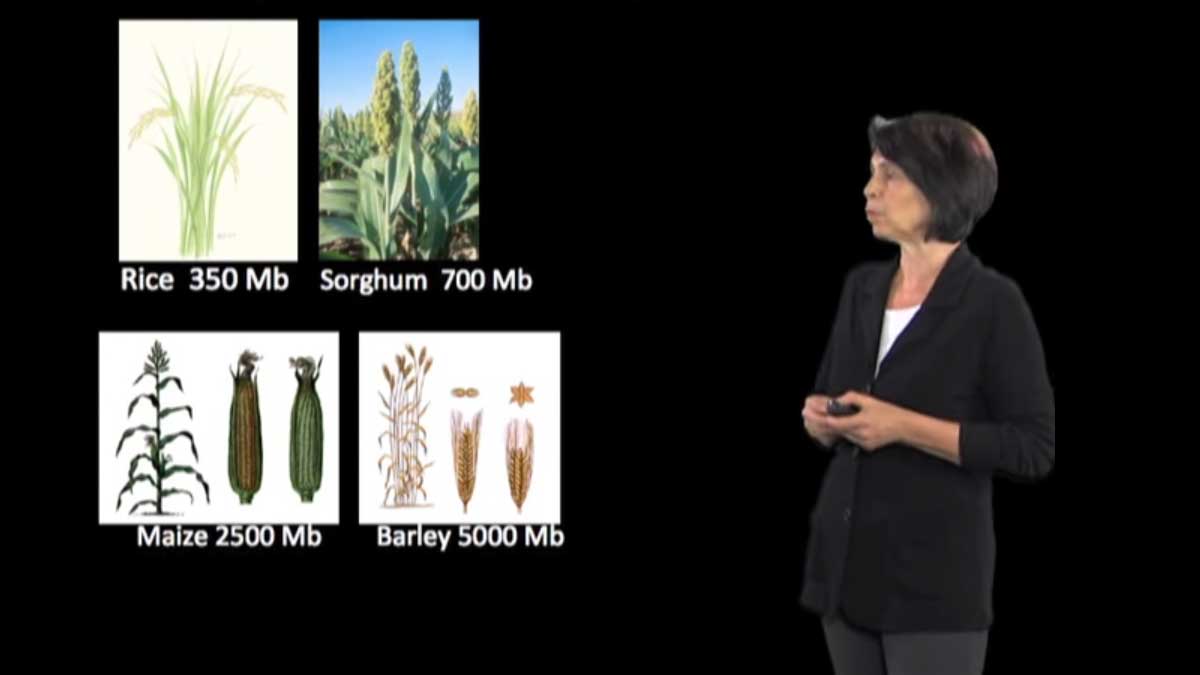Talk Overview
In this active learning lecture, the following learning objectives are addressed:
- Explore parasitic plants within the broad context of parasitism
- Identify common adaptations among parasitic plants
- Discuss the range of host dependence among parasitic plants
Parasitic plants are important in natural ecosystems and in agriculture. Parasitism is a successful life strategy that has convergently evolved in all kingdoms of life. Some parasitic plants indirectly steal nutrients from other plants by tapping into a fungal intermediate, while others form direct connections to hosts with a specialized invasive structure called a haustorium. Haustorial parasitism has convergently evolved multiple times among flowering plants, and stealing nutrients likely gives parasites a competitive advantage. To succeed as parasites, plants need mechanisms for host detection and for nutrient acquisition. Thus, similar traits have convergently evolved in plants with independent origins of parasitism. Finally, host dependence varies among parasitic plants.
This video is designed to accompany the Teaching Tools in Plant Biology resource “It’s not easy being not green – the making of a parasitic plant.” developed by Dr. Caitlin Conn and Dr. David Nelson.
Speaker Bio
Caitlin Conn

Caitlin Conn received her PhD in genetics from the University of Georgia, where she investigated how the seeds of parasitic plants perceive nearby hosts. After completing two postdoctoral fellowships at Spelman College and Emory University, she started her own research program as an assistant professor at Berry College in Rome, GA. At Berry, the Conn… Continue Reading












Leave a Reply